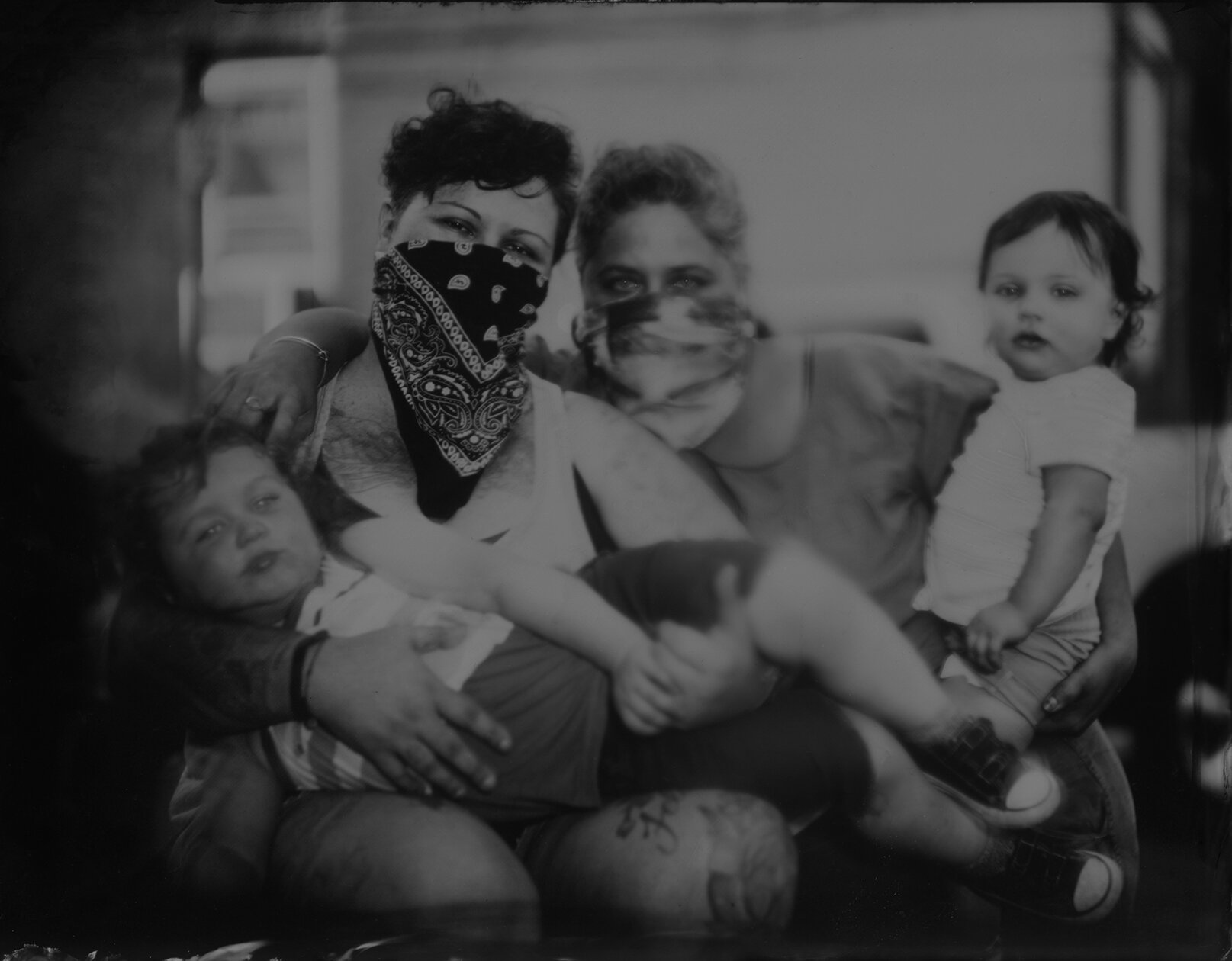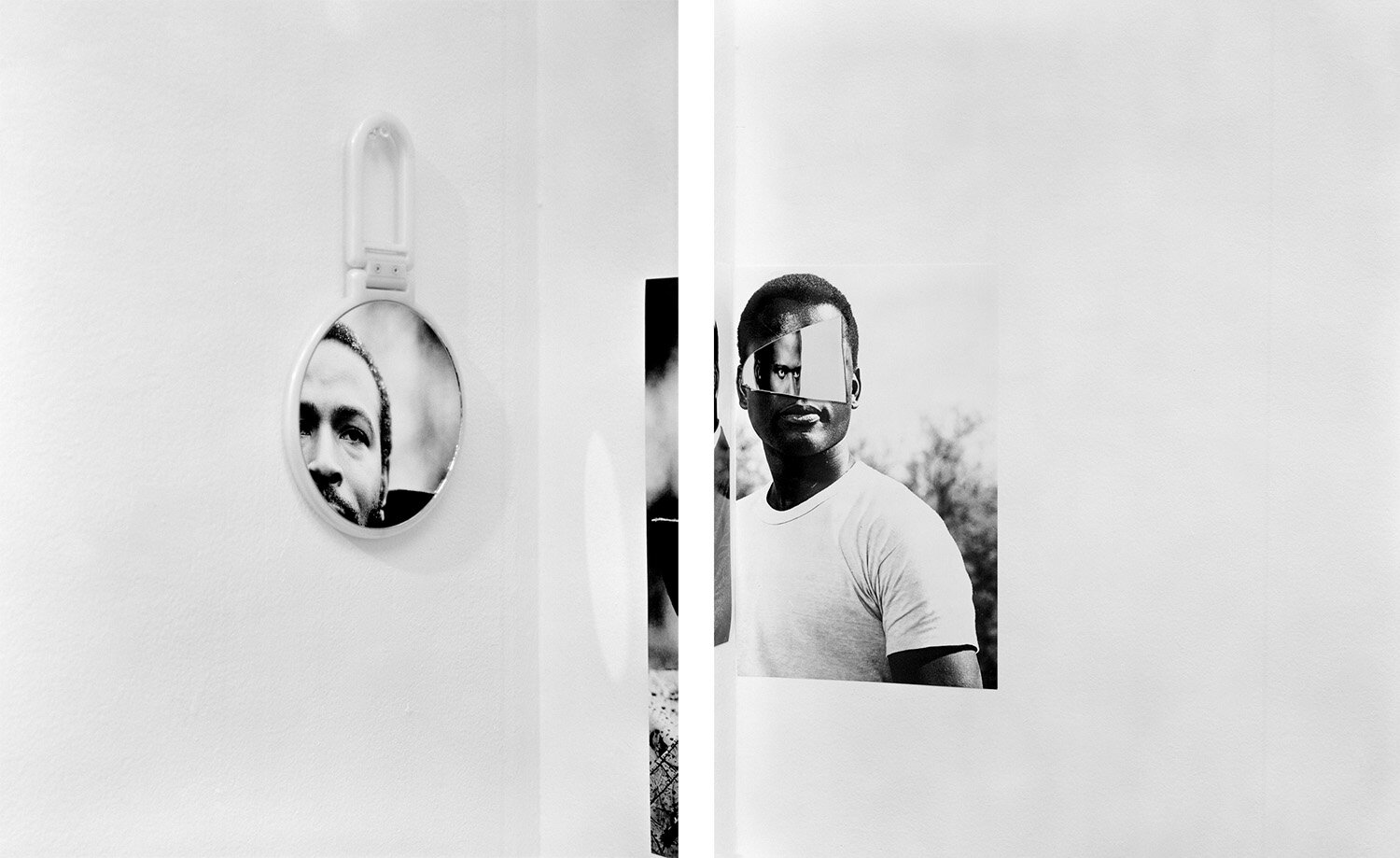© Kadiya Qasem. From the series New Wave Order ii
Photographer Kadiya Qasem finds tension and hidden meaning in crashing waves and other symbols of aesthetic beauty.
Waves , sunsets, flowers, and clouds are among the most over-photographed subjects. It's easy to scroll past them on Instagram without a second thought. Yet, something about Kadiya Qasem’s work commands an uncomfortable pause.
Qasem's warm-toned waves are alluring but disconcerting. In looking at them, our gaze becomes the conduit through which uninvited visual fantasies are projected. Qasem turns these perennial visual clichés into poetic universal symbols, inviting viewers to reconsider what they see as desirable. The Allure of Otherness pairs photos of pastel clouds against beach landscapes and fog-soaked trees, positioning them as romanticized or exotic emblems.
For Qasem, a British Yemeni Greek photographer, they are stand-ins for how it feels to be a cultural other, and how that can impact an individual's identity. Her two-part Waves series adds a layer to this conversation, casting the ocean as a sign of resistance amidst global turmoil and the climate crisis. "If the sea could speak up," Qasem writes, "what would she say?"
In Horse Scapes, Qasem photographs horses at arm's length, often with her hand gently resting on their backs, abstracting their bodies into landscapes. A power dynamic is implied but, like all of her work, the relationship remains mysterious.
After years of following her work, I finally reached out to Qasem to learn more.
Jon Fenstein in conversation with Kadiya Qasem





